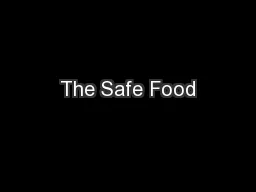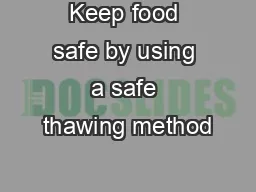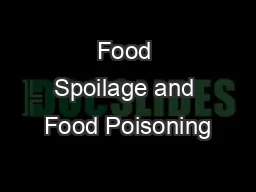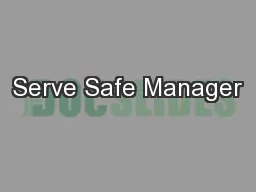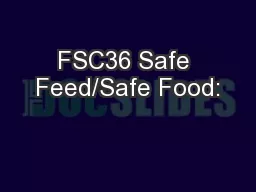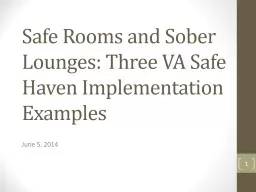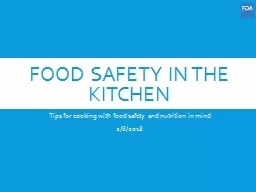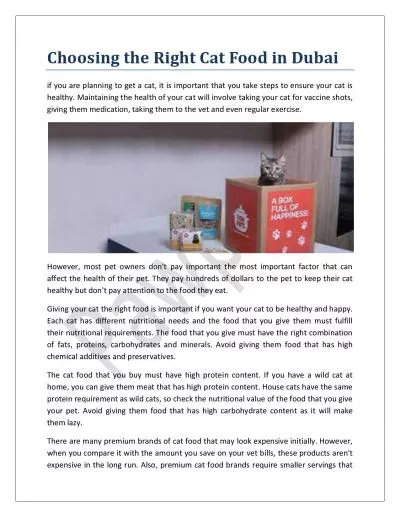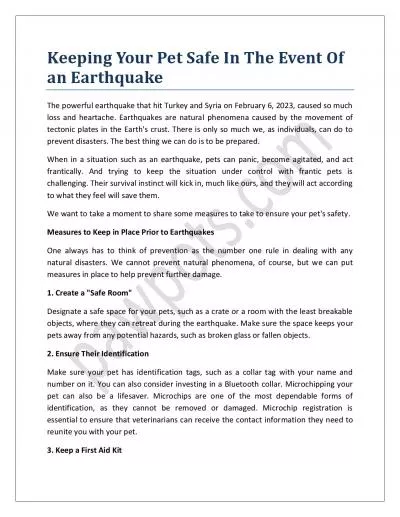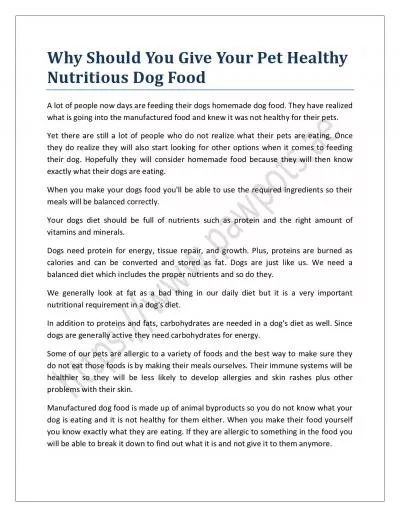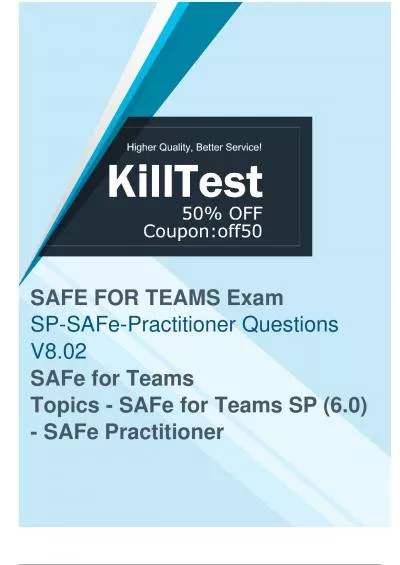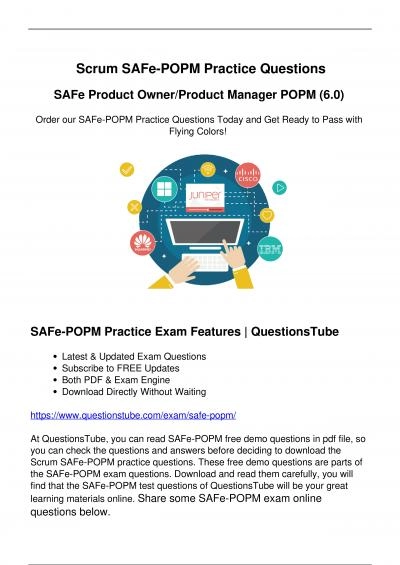PPT-The Safe Food
Author : tawny-fly | Published Date : 2016-03-08
Handler Objectives Avoiding personal behaviors that can contaminate food Washing and caring for hands Dressing for work and handling wok clothes Limiting where staff
Presentation Embed Code
Download Presentation
Download Presentation The PPT/PDF document "The Safe Food" is the property of its rightful owner. Permission is granted to download and print the materials on this website for personal, non-commercial use only, and to display it on your personal computer provided you do not modify the materials and that you retain all copyright notices contained in the materials. By downloading content from our website, you accept the terms of this agreement.
The Safe Food: Transcript
Download Rules Of Document
"The Safe Food"The content belongs to its owner. You may download and print it for personal use, without modification, and keep all copyright notices. By downloading, you agree to these terms.
Related Documents

